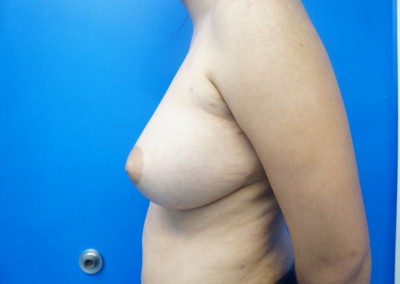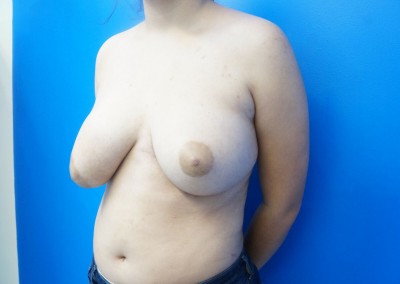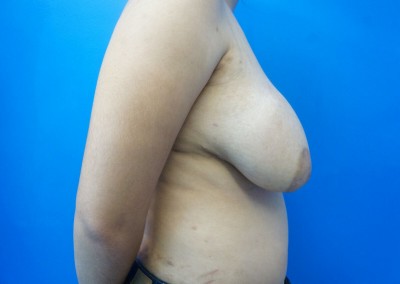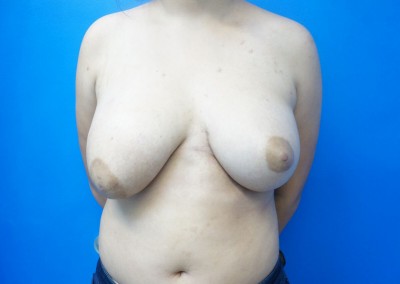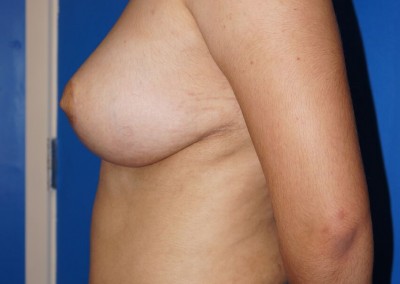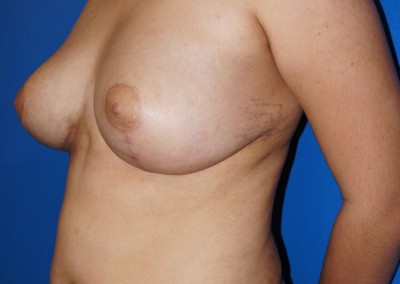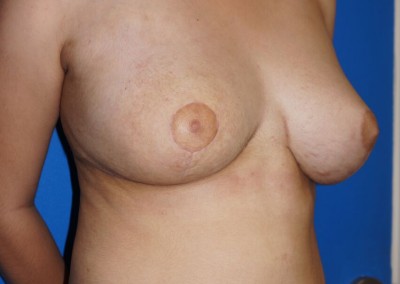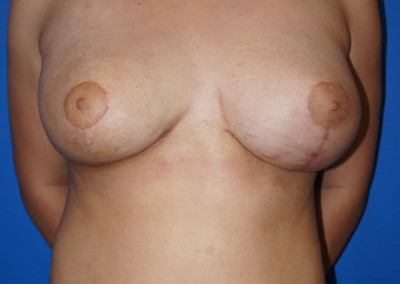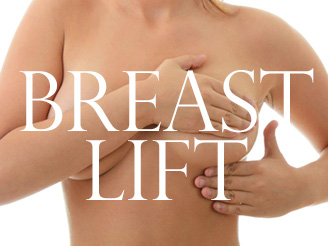 Breast Lift
Breast Lift
My unique approach to lifting the breast to its more youthful position is to avoid making large scars. Patients that want a breast lift are worried and concerned about having large horrible scars. A breast lift requires separation of the skin envelop around the breast tissue (mammary gland), re-suspending the gland in a higher more youthful position, making the skin envelope tighter around the gland by removing the excess, and positioning the nipple/areola complex in a higher position.
These three properties can be achieved using several skin incision, the inverted “T” incision, the vertical “lollipop” incision, and around your areola only. The next natural question is which one of the above is the best, and leads to minimal scars. The answer is, it depends on how much skin we need to remove, and how high the nipple/areola complex needs to be elevated. With my technique and experience I am able to accomplish all three key components using small incisions carefully placed in places that hide the scar, but minimizes tension, no gaps, uses concave surfaces, and therefore minimizes the scar.
Other questions that I get often are how long will the lift results last, and will the sensation of my nipple/areola change or decrease? The results last for years, and I have never had to do a redo lift. The key element is the re-suspension of the glad to the chest wall with a suture that allows the gland to stay at its new higher position. This is a key element of my technique, and perhaps it is the reason why my results last for years.
The answer to the second question is a bit more complex. If the breasts need to be lifted a significant amount, this means that the nerves have been stretched for a long time, and many women already do not have normal sensation. These women can typically expect to have the same lack or minimal sensation that they had prior to the procedure. If the lift is not a significant amount, and sensation is normal prior to surgery, these women can expect normal sensation.
There is a small but real risk of loosing sensation after this procedure if basic principles are not followed. The nerves travel in a very specific anatomic location, which are close to the chest wall. These nerves can be damaged if the technique is not flawless. The key again is surgeon dependent, and based on his skills the outcome on sensation will be determined. The technique that I use is called the “supra pectoral dissection”, which prevents injury to the nerves that provide sensation to your breasts.

